Billions of birds are on the move, and they’re heading our way!
The annual spring bird migration to the Arctic is underway and millions of our feathered friends will show up at Seal River Heritage Lodge and Nanuk Polar Bear Lodge just in time for our summer polar bear safaris. And in the fall, they’ll take off from our ecolodges to head south, which means more heaven for bird watchers!
May 13 is World Migratory Bird Day, so we thought we’d celebrate with a post about the myriad birds at our lodges. While most of our guests travel to the lodges for the exhilarating experience of walking with polar bears and meeting wolves, moose, Arctic fox and beluga whales among other wild creatures, we also host some very serious bird aficionados at our polar bear lodges, and they love what they discover!
We see all kinds of birds while walking with polar bears, and the birds of Churchill Wild are among the bravest on the planet when you consider they’re taking to the sky just south of the 60th parallel. It’s chilly up in that Arctic sky.
During the summer, the Churchill Wild ecolodges become a birder’s paradise. Hundreds of different species have been sighted at all three of our ecolodges, and many make their homes at both Seal River Heritage Lodge and Nanuk Polar Bear Lodge through the summer and into the fall.
The western Hudson Bay coast’s diverse habitats and rich food sources make it an attractive destination for migratory birds during the spring, and birdwatchers and nature enthusiasts can observe hundreds of species of birds at our lodges as they rest, feed, and continue their journey to their breeding grounds in the Arctic. They’ll do the same thing in reverse in the fall.
Bird lovers from around the world have joined us for Birds, Bears & Belugas, which begins on July 6 at Seal River Heritage Lodge, and for the Hudson Bay Odyssey at Nanuk Polar Bear Lodge, which begins on August 12 and runs through the fall migration period, and their knowledge is always impressive.
They seem to know the looks, characteristics, and unique songs of every bird they see — until they don’t – and that’s the real thrill for the best of the birdwatchers – discovering a species they’ve never seen before.
Birds begin to arrive at our ecolodges as early as mid April and by mid May most ducks, shorebirds and passerines have set up nest sites. Bird activity peaks in July and August on the Hudson Bay coast, just in time for Birds, Bears & Belugas, and then it’s on to the fall migration from Nanuk!
Birds, Bears & Belugas guests having dinner in the main dining room at Seal River Heritage Lodge can watch the tide roll in, pushing massive flocks of waterfowl and shorebirds to within easy viewing distance. Starting with our waterfowl, we have plenty of common eiders, mergansers, varied species of scoter and more. Of course, being Canada, there certainly isn’t a shortage of Canada geese or snow geese either.
Hundreds of bird species also make their homes at Nanuk Polar Bear Lodge during the summer, and the fall migration at Nanuk is a sight to behold during the Hudson Bay Odyssey departures in late August through September, when you can be enveloped in thousands of geese taking off all at once, not to mention the shorebirds and boreal forest residents that also make their homes at Nanuk.
Birding around the small lakes and rivers near the lodges is sure to produce many waterbirds, shore birds and the thrill of seeing the northern loons up close and personal. If you have an interest in loons, we have sightings of red-throated loons, common loons and pacific loons. We also see predatory birds including osprey, golden eagle, bald eagle, gyrfalcon, peregrine falcon, northern goshawk, rough-legged hawk, and the fabulous snowy owl.
In the summer, hearing the calls of sandhill cranes becomes akin to background music on the daily excursions. With their distinctive calls and graceful appearance, sandhill cranes migrate from their wintering areas in the southern United States and Mexico to their breeding grounds in the northern boreal forests.
The tidal flats are also rolling with different breeds of sandpipers, their gangly legs darting them back and forth among the rocks. Guests have also spotted yellow rails, Sora, Wilson’s snipe, two types of phalaropes, semipalmated sandpiper, red knot, dunlin, and Hudsonian godwit. These birds rely on the coastal mudflats and marshes as important feeding and resting sites during their long journey to the Arctic.
Growing up around the Churchill Wild lodges, we spent a lot of time searching for plover and killdeer nests amidst the gravel. Careful to just observe them, it was our version of a treasure hunt to spot their speckled eggs, and we made sure never to disturb them.
There are three types of jaegers in the area, an abundance of Arctic terns, and half a dozen or more species of gulls including herring gulls, ivory gulls, and glaucous gulls.
The western Hudson Bay coast attracts a wide array of waterfowl species looking to take advantage of the abundant freshwater lakes, rivers, and wetlands. Ducks such as mallards, teal, and scaup, as well as Canada geese, greater white-fronted geese and snow geese are all part of the great gathering.
Birds of prey, also called raptors, have an acute vision for spotting smaller prey, and powerful beaks and talons. Several species of raptors can be spotted along the western Hudson Bay coast including bald eagles, ospreys, peregrine falcons, and various species of hawks.
Catching a glimpse of gyrfalcons and peregrine falcons hunting is a rare treat for guests, especially when viewed from the dining room window. As is watching an owl skimming across the landscape in search of mice or lemmings.
The Ptarmigan is another famous Canadian bird found at our lodges, sporting brown plumage during the summer, and donning snow-white feathers for the winter. These interesting characters have furry feet and love to hang out in the willows like Christmas ornaments.
While we may not have the incredible plumage of the Amazon, there are more birds on the Hudson Bay coast than some might think, and there are plenty of opportunities to view them while out on a hike, or from the viewing decks at our lodges.
All our guests are equipped with a birding checklist when they get to the lodges. The Hudson Bay bird checklist includes every bird species we’ve seen at the lodges, but make sure to watch closely. You never know when someone new might fly in!
World Migratory Bird Day (WMBD) is an annual global celebration created to raise awareness about the importance of migratory birds and their conservation. Held on the second Saturday of May and October, this event brings together bird enthusiasts, scientists, policymakers, and communities to appreciate and protect these remarkable avian travelers.
Migratory birds undertake incredible journeys across vast distances, crossing borders and continents, in search of favourable breeding grounds, wintering sites, and abundant food sources. World Migratory Bird Day serves as a reminder of the interconnectedness of our natural world and highlights the significance of preserving the habitats and ecosystems that support these remarkable annual migrations.
Various events and activities take place on WMDB, ranging from birdwatching excursions, educational programs, art exhibitions, and public lectures, to engage people of all ages in understanding and appreciating the beauty and ecological importance of migratory birds. These events also provide opportunities to learn about the challenges faced by migratory birds, such as habitat loss, climate change, pollution, and illegal hunting.
The theme for World Migratory Bird Day changes each year, focusing on different aspects of bird migration and conservation. The theme for 2023 is water and its importance for migratory birds. Migratory birds rely on aquatic ecosystems during their life cycles for feeding, drinking, or nesting, and as places to rest and refuel during their long journeys.
Please visit the World Migratory Bird Day website for more information.



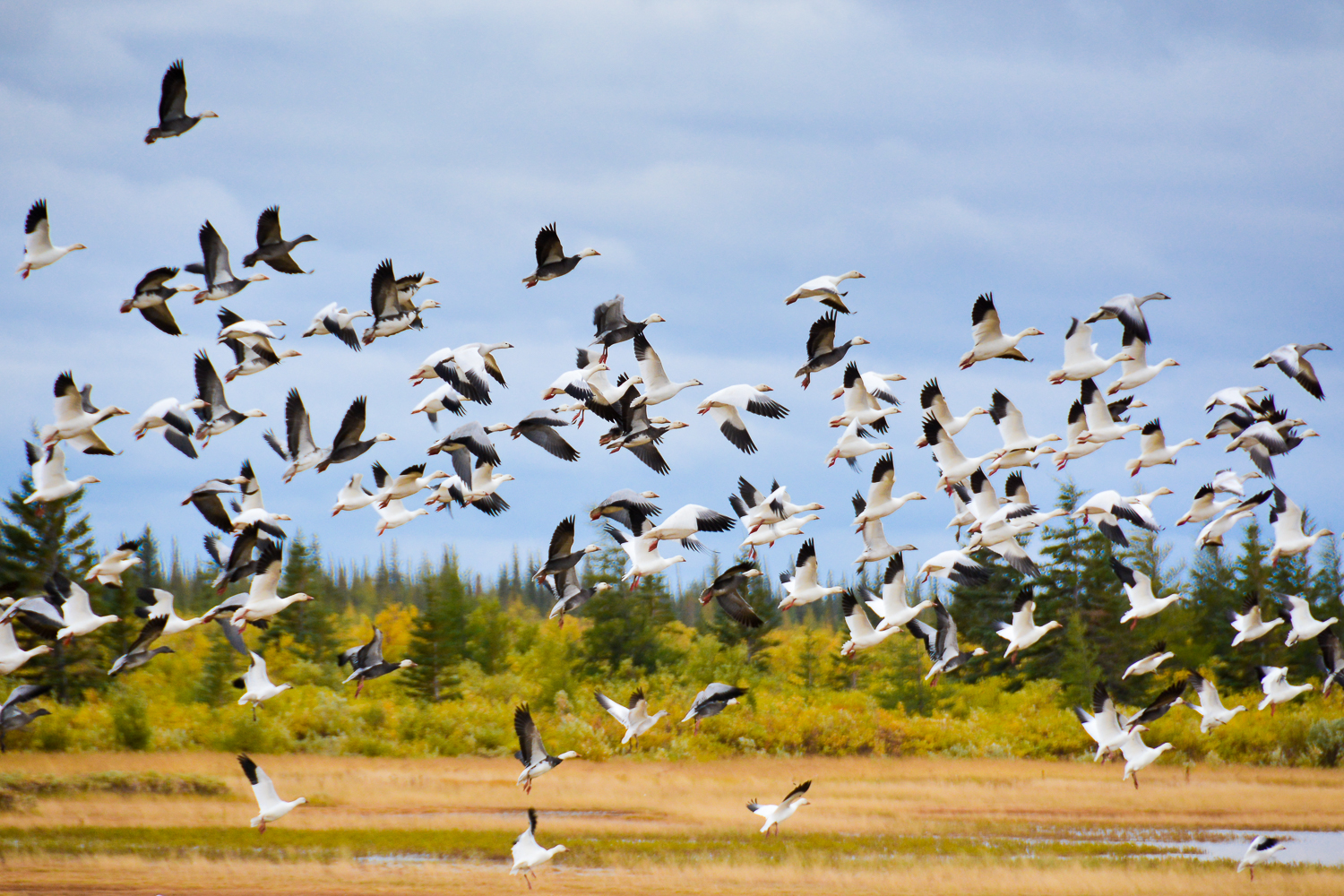

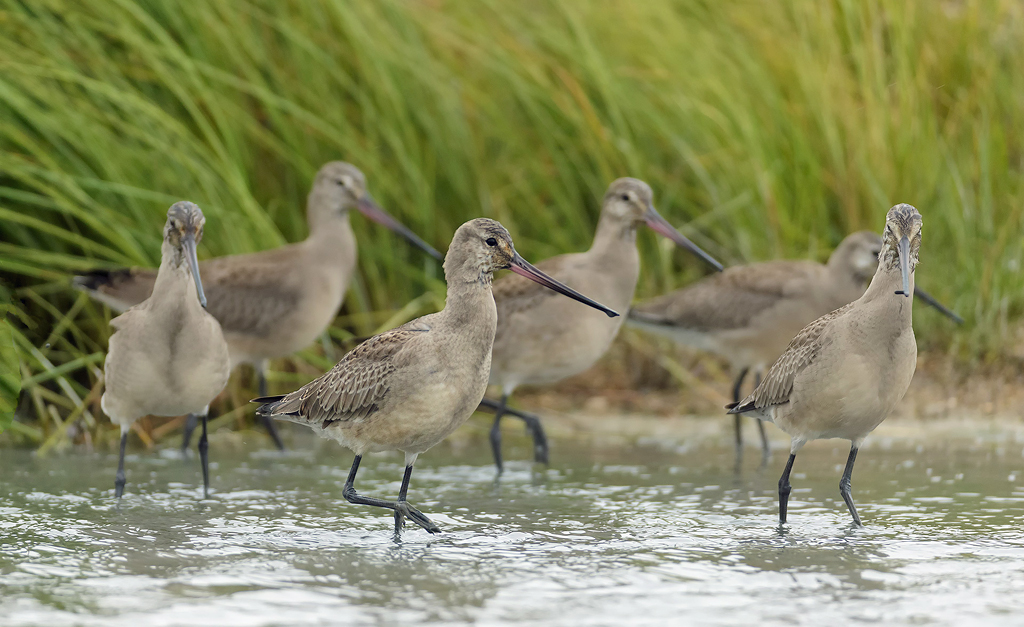
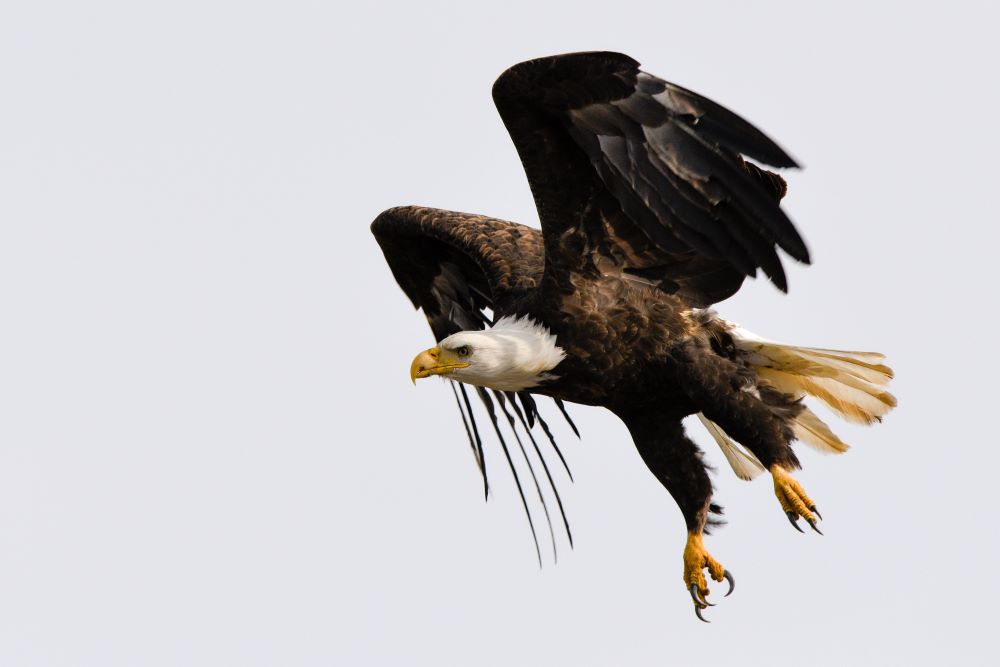
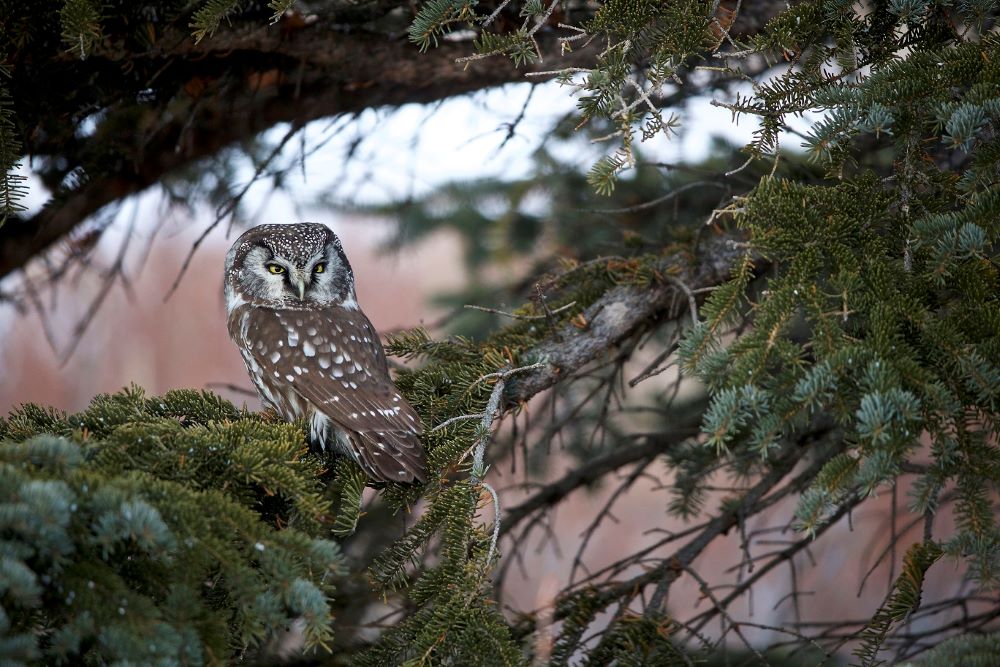
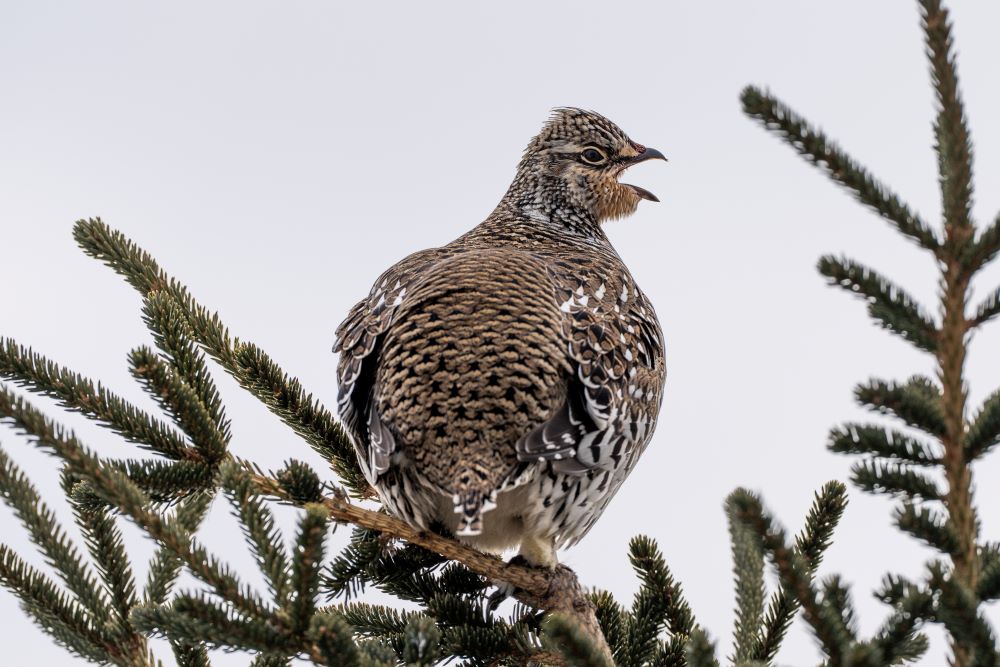
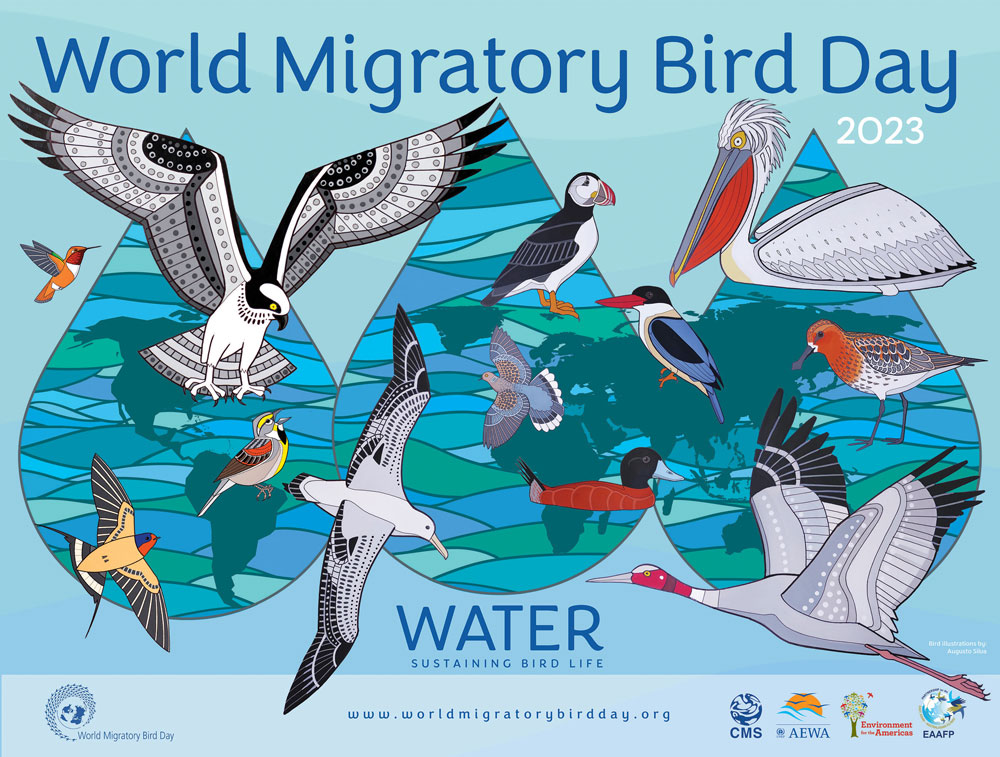








I like it!